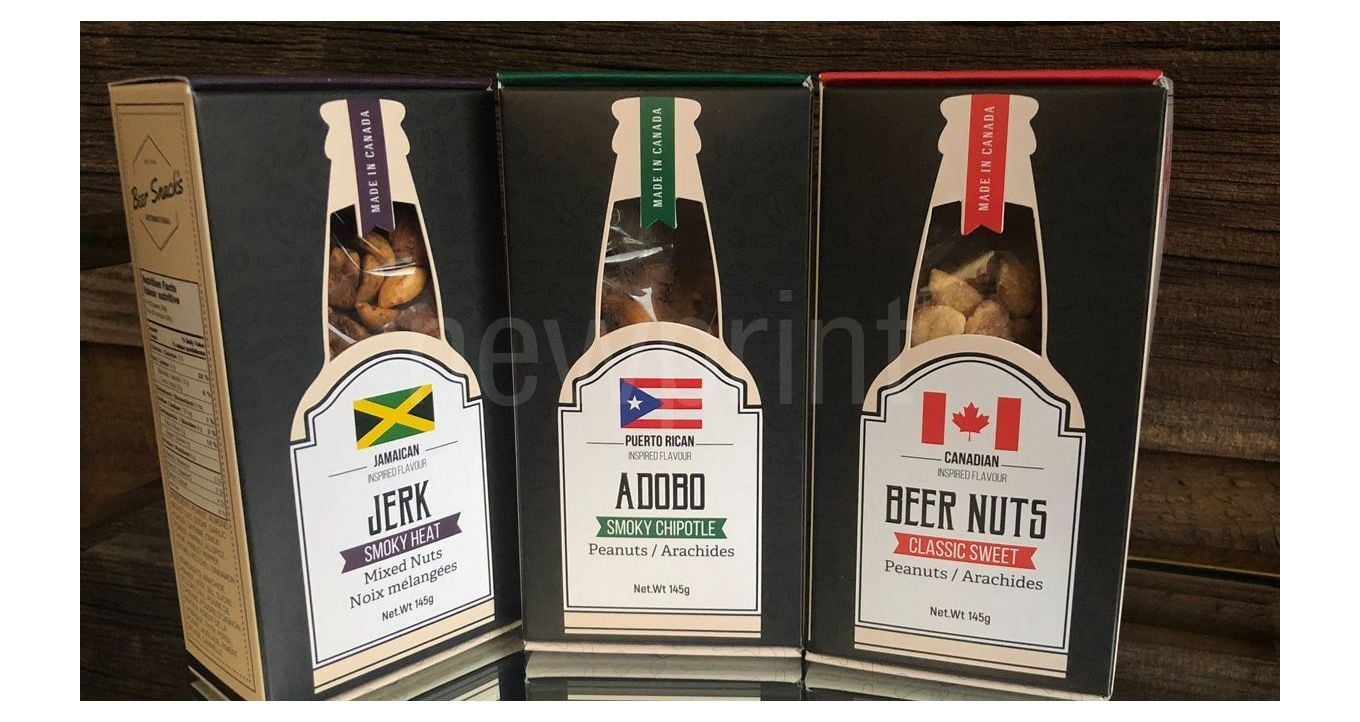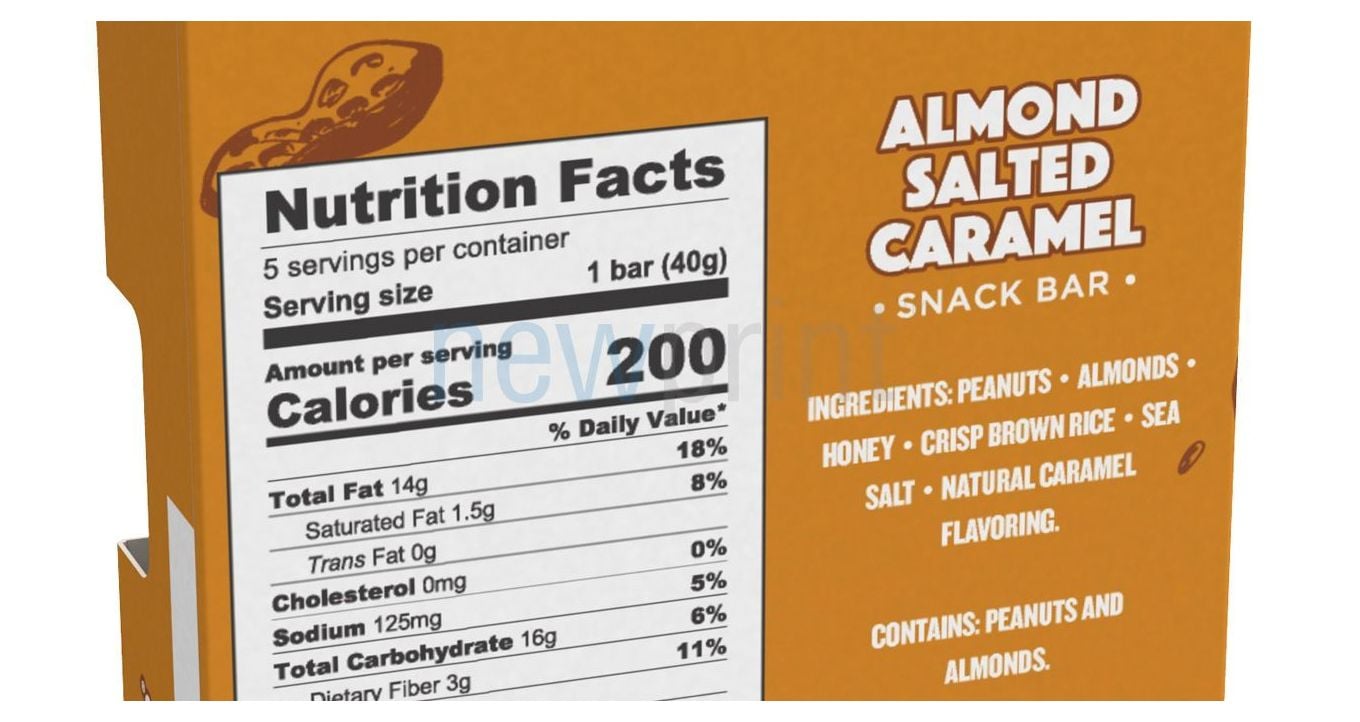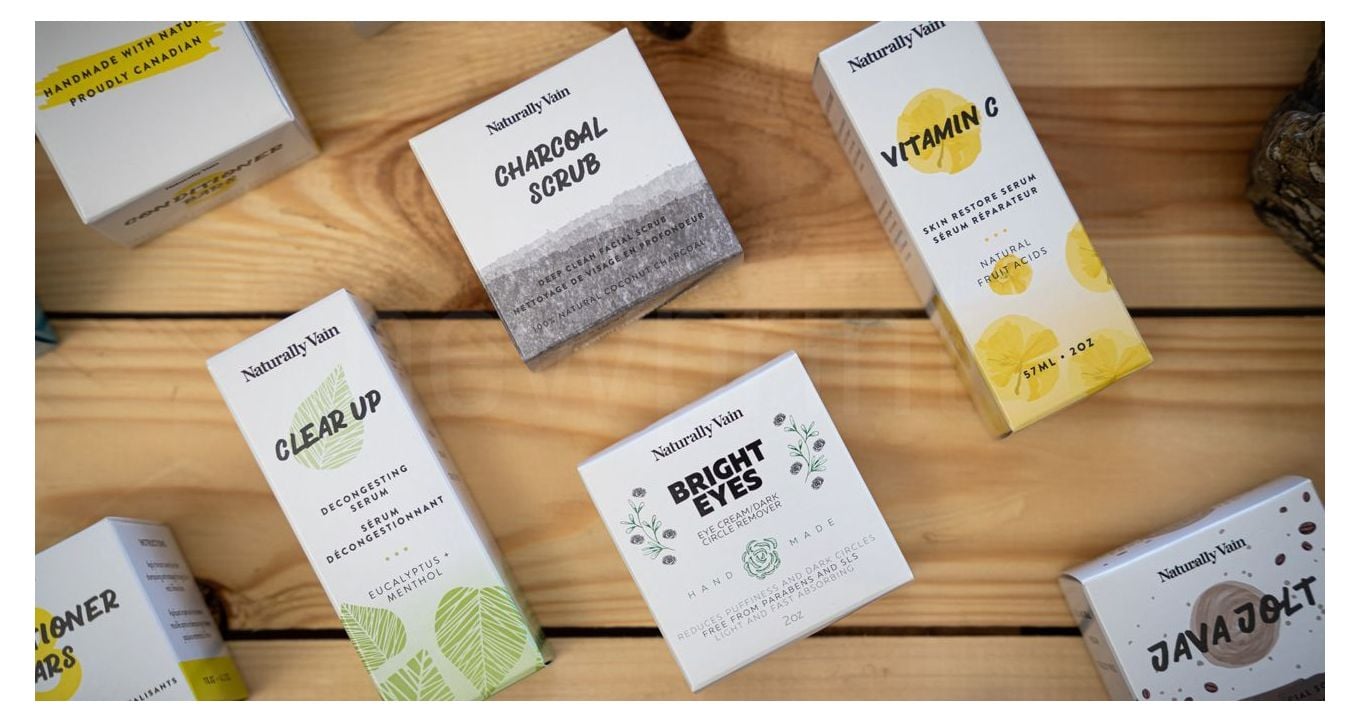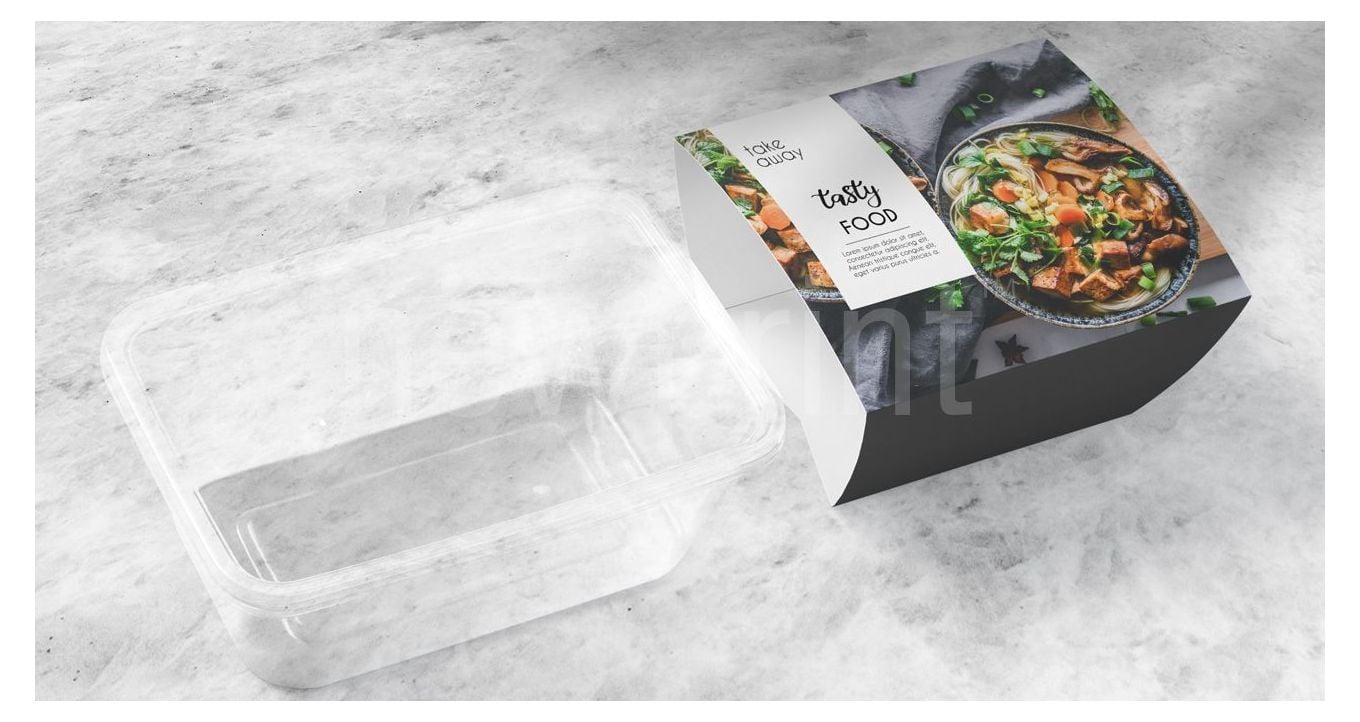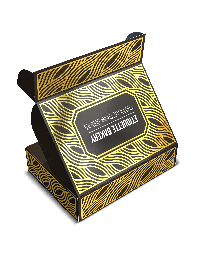It can be hard to know what resources on the packaging and labeling regulations are trustworthy, and how to make your packaging comply with regulations.
It is essential to have packaging that is appealing to your targeted customers to attract their attention and make them want to buy your product. But, if you want the product to reach the customers in the first place, you have to make sure you know how to make your packaging meet the regulatory requirements of your targeted market. There are many packaging regulations, as well as labeling regulations in the US and Canada. It can get overwhelming to realize which ones are important for your industry, not to mention actually applying the rules and regulations. We understand the struggle, and that’s why we are writing this overview of the most important packaging and labeling regulations in North America that you should be paying attention to when designing retail packaging for your product.

Packaging and Labeling Regulations in the US
Fair Packaging and Labeling Act
The purpose of FPLA is to make value comparisons between similar products easier and prevent false packaging and labeling declarations regarding household goods (food, drug, device, or cosmetic). It applies to any general consumer products packaged for retail sale to individuals. It does not apply to goods used in households that are not consumable (like toys and hardware) or outer wrapping not seen by consumers. Fair Packaging and Labeling Act excludes meats, poultry, tobacco, prescription drugs, alcoholic beverages, and seeds.
This law is implemented by the regulations of the FDA (Food and Drug Administration) and FTC (Federal Trade Commission). It regulates the required information concerning the name and quantity of the product and ingredients in terms of design, typesetting, and wording and information about manufacturer and distributor.
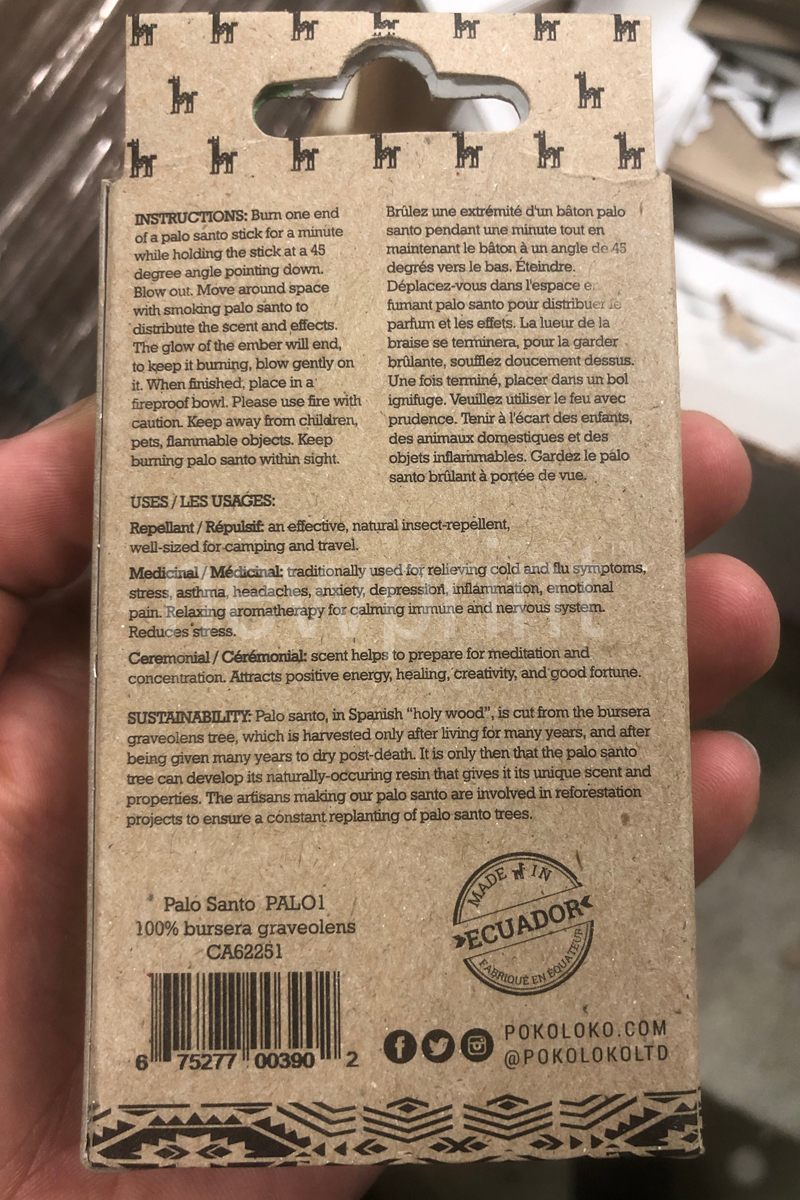
Poison Prevention Packaging Act
PPPA is meant to prevent children under the age of five from opening hazardous products and drinking or eating the content. It requires the household products that contain chemicals to have packaging that is hard to open by children but still easily accessible by adults. Also, Consumer Product Safety Commission regulates labeling regulations for products that contain potentially hazardous chemicals.
The National Environmental Policy Act
NEPA 40 CFR 1500-1508 regulations encourage efforts to prevent damage to the environment while stimulating the welfare of men. They are binding on all federal agencies.
Uniform Packaging and Labeling Regulation
There is also UPLR that applies to most kinds of packaging, and NIST Handbook 130 – 2020. This handbook complies with the latest Uniform Laws and Regulations as well as guidelines and interpretations for packaging regulations and labeling regulations.
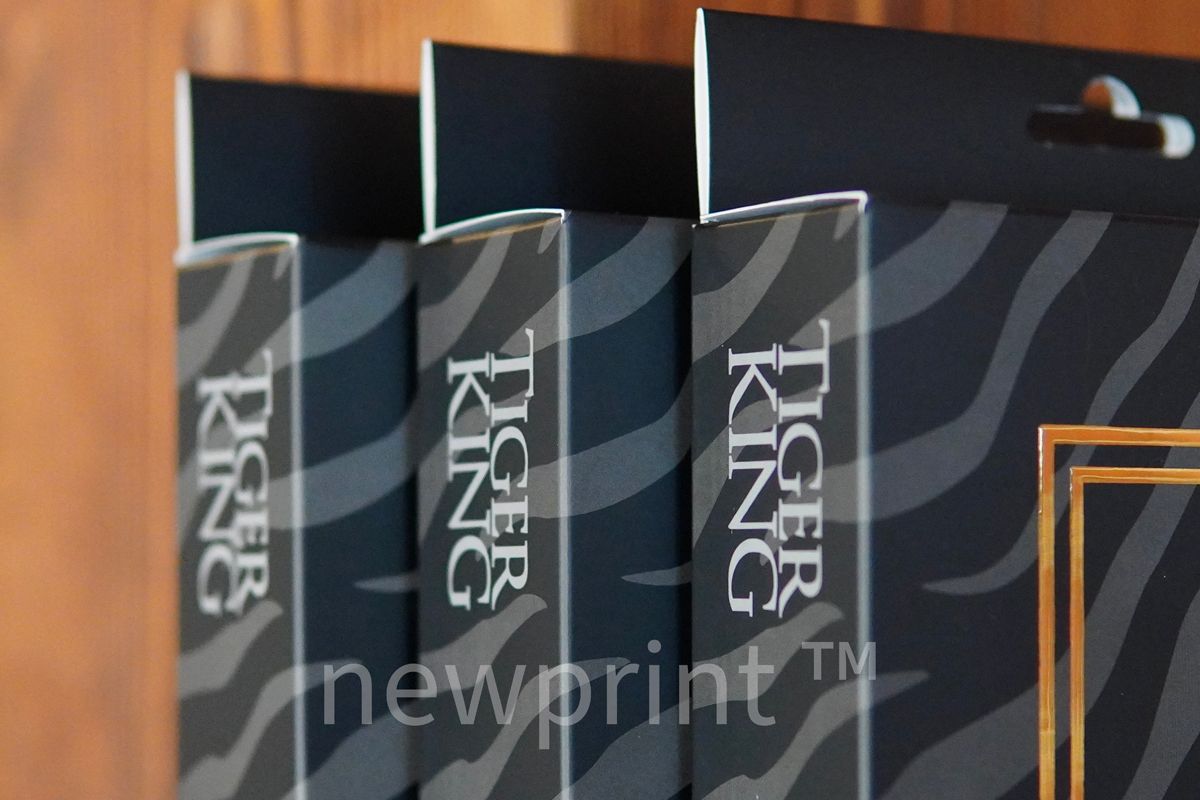
Canadian Packaging and Labeling Regulations
Consumer Packaging and Labeling Act
In Canada, there is a regulatory statute - Consumer Packaging and Labeling Act that requires prepackaged consumer goods to have meaningful and accurate labeling information so that consumers can make informed purchasing decisions. Packaging regulations dictate information that must be on the packaging of products in Canada: product name, net quantity and dealer identity. This act is enforced by Competition Bureau, Industry Canada, as it relates to non-food products.
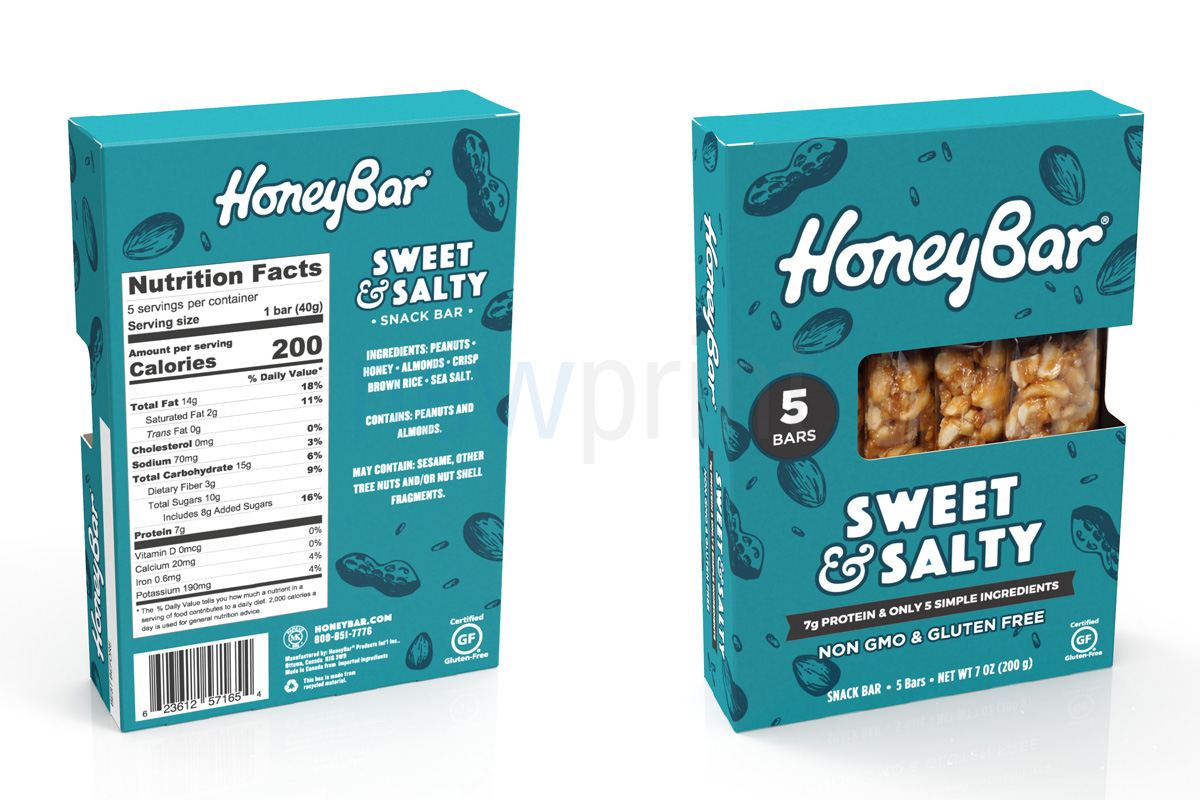
Food label requirements
Unlike Fair Packaging and Labeling Act in the US, Consumer Packaging and Labeling Act does not apply to food products. Food products are under the jurisdiction of the Canadian Food Inspection Agency and fall under Food label requirements. Industry Labeling Tool provides very comprehensible labeling information and a food labeling requirements checklist, which can be consulted to ensure that your packaging checks all the boxes.
It is vital to know that all mandatory information for a product that is being sold nationally throughout Canada must be bilingual (English and French). The exception is manufacturer information that can be in one of those two languages. There are also exceptions regarding specialty products and local products when it comes to bilingual information.
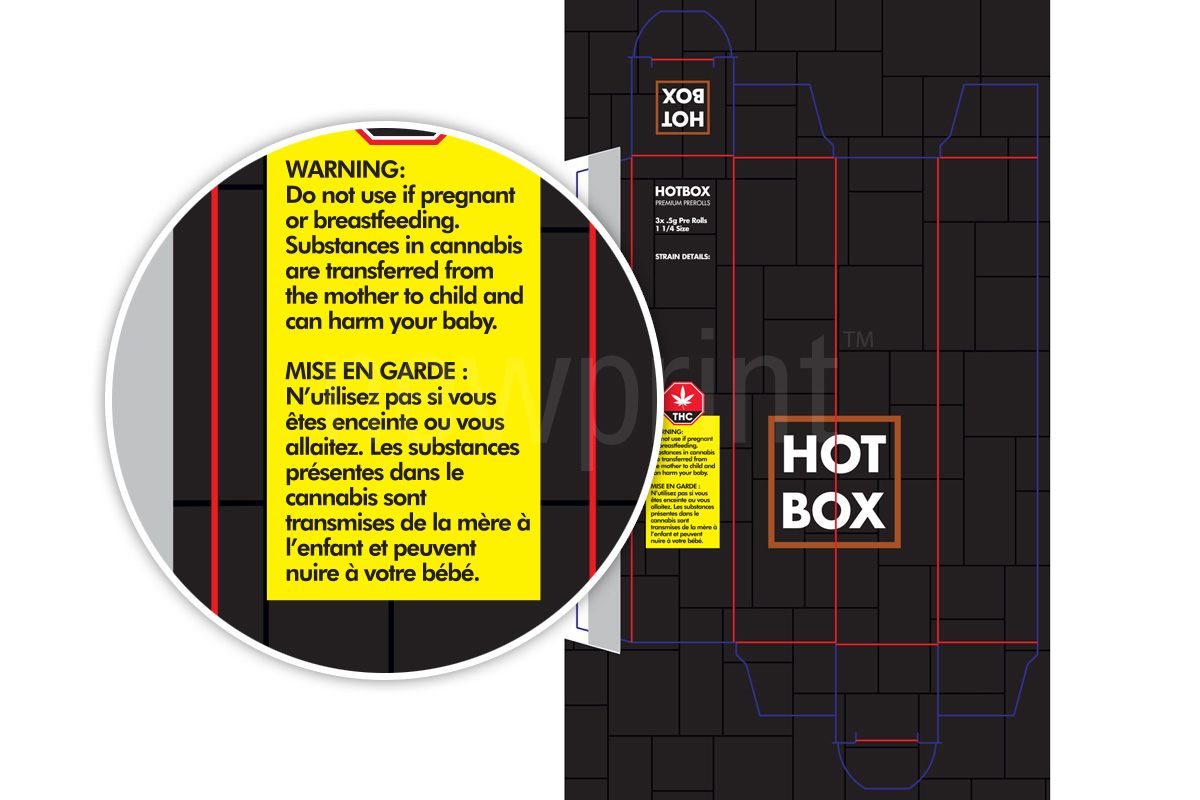
Consumer Chemicals and Containers Regulations
Canada is very committed to safeguarding human health and the environment and to sustainable development. It has a chemicals management plan, an initiative that aims to reduce the risk posed by chemicals to the environment. CCCR 2001 is very prescriptive regarding its five main regulated classifications: toxicity, flammability, corrosivity, quick skin-bonding adhesives, and pressurized containers. If your product contains potentially hazardous chemicals, you should consult Reference Manual.
This list could go on, but these are the most important packaging regulations and labeling regulations you will come across regarding retail packaging for most products. Understanding the basics will give you a good idea of what needs to be on the packaging. We will cover the rules for different industries in our future blog posts, so make sure to subscribe to our mailing list and get all the updates. You can also contact our packaging experts to help you create the best possible design for your product packaging.
